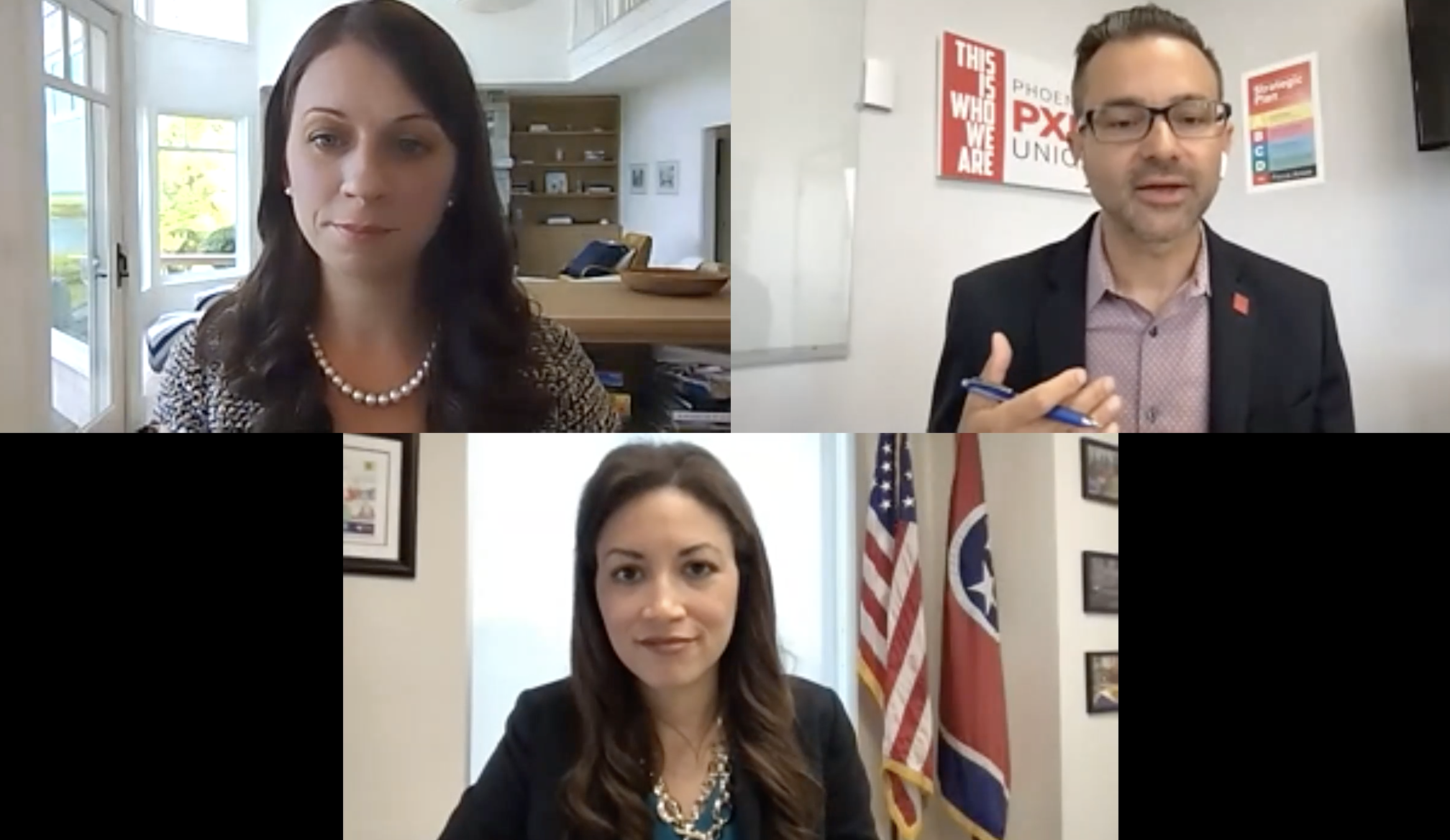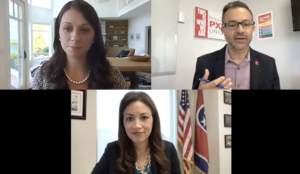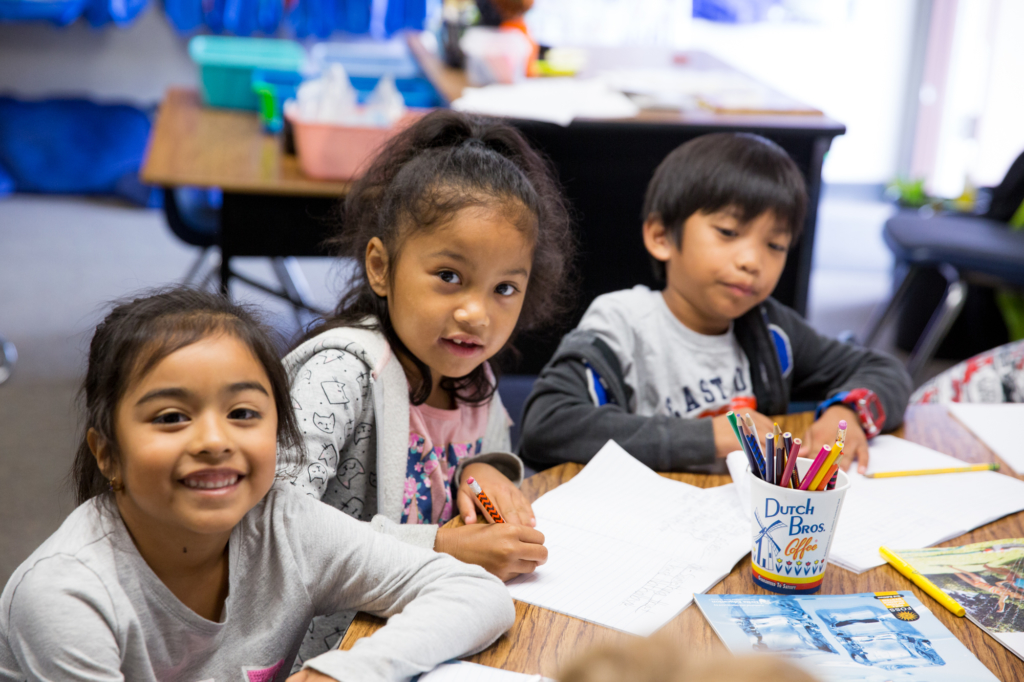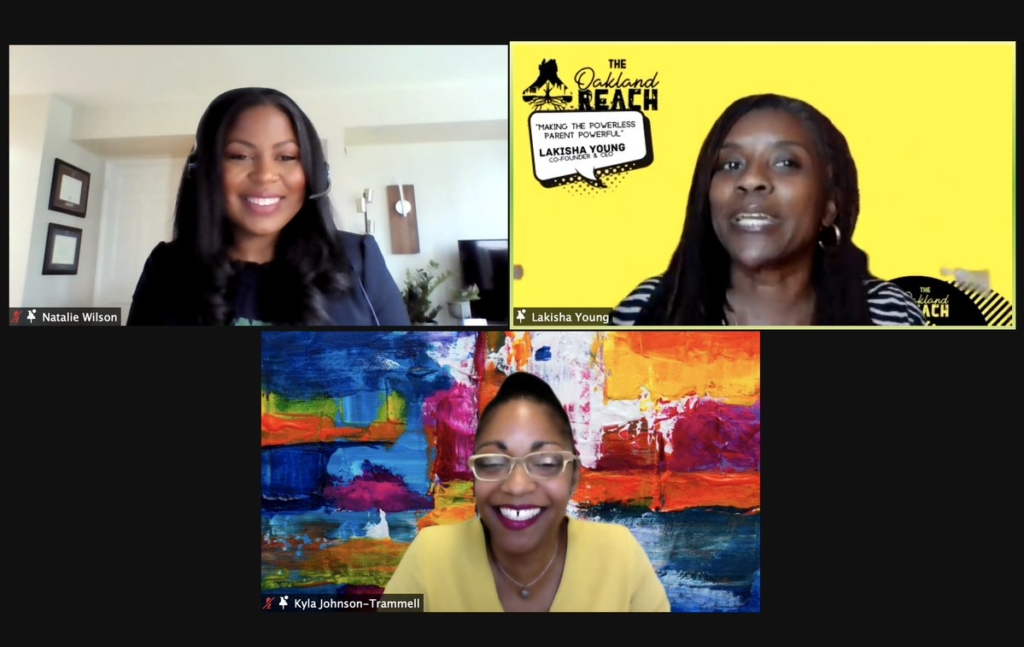How Partners Can Support Schools to Rebuild and Reimagine Learning
By Leo Bialis-White | June 2, 2021
Right now, billions of dollars in federal aid are flowing to public school systems in every state battered by the recession and the pandemic. The new American Rescue Plan sets aside a record $125 billion to help K-12 schools mitigate the impacts of a year of unfinished learning and isolation. It is the largest of the three Covid relief packages passed by Congress.
Systems leaders coming off an extraordinarily challenging year now face a set of dueling priorities. They are being asked to reopen schools safely and reinvent schooling to better serve students, educators, and families. The stakes are high for systems leaders to spend the federal funds responsibly and deliver results. The money will eventually run out and there is no guarantee that Congress will renew the funding. Schools that use the money for additional full-time staff or other recurring expenses risk falling off a fiscal cliff. An early analysis of spending plans shows that most districts are using the one-time funds on one-size-fits-all solutions that do little to help the most vulnerable students.
Restarting and reinventing school will require thoughtful planning and the support of trusted partners that can offer additional capacity without adding complexity. So whom should schools partner with in this work? We recommend organizations that specialize in coherence building, are driven by equity, and can help schools achieve long-term goals in a short time.
Watch a group of state and local leaders at NewSchools Summit discuss how they are planning to use their funds to bring relief and innovation to their schools.
Develop a coherent plan
Now more than ever, schools should partner to develop coherent plans to drive toward better student results. In coherent school systems, students and staff benefit from “a set of interrelated programs for students and staff that are guided by a common framework for curriculum, instruction, assessment, and learning climate.” Coordination and collaboration are stronger, and staff share a unified focus and purpose. As examples, partners that specialize in coherence can support hybrid and asynchronous learning or connect tutoring to core instruction. Partners should be able look across multiple elements of schooling — both new and existing — to create a cohesive student experience rather than creating a lasagna of disconnected initiatives and ad-hoc programming. Teaching Lab, for example, partners with schools to develop strong teacher professional learning. They weave together core curricula, teacher-led communities, cycles of inquiry, and racial equity training for educators in a focused way. Schools don’t have to bolt on new elements; the Teaching Lab helps schools meet this challenge.
Focus on equity
School partners should demonstrate a true commitment to equity both in how they operate and the solutions they co-create with you. They should recognize the disproportionate impact that COVID-19 and systemic racism have had on low-income communities and students and families of color. They should see you and your students’ gifts, potential, and assets first and build from there. They should actively seek out community input and prioritize designing solutions for students who are furthest from opportunity. The Center for Love and Justice, for example, partners with schools on redesign work that uses a process of anti-racist deeper learning and centers the voices of students and communities.
Build sustainable partnerships
Partnerships should be collaborative and deep, with a natural arc that enables a healthy exit. These partnerships should help schools reimagine the student experience and attain durable change within a short time. They should also add capacity to schools. We have worked with 33 organizations that engage in deep, yet finite partnerships with schools. These organizations can conduct needs assessments for schools and provide support for a limited time, typically two to three years. We have written more deeply about partnerships that fit including examples from our portfolio.
The decisions made now can and must reshape education for a generation or more. We’ve spent a year saying we can’t go back to the old normal. Schools will spend the coming years deciding what that can look like — and whether that promise is realized. Importantly, schools do not need to do this alone. The resources and partners exist to do this together.




